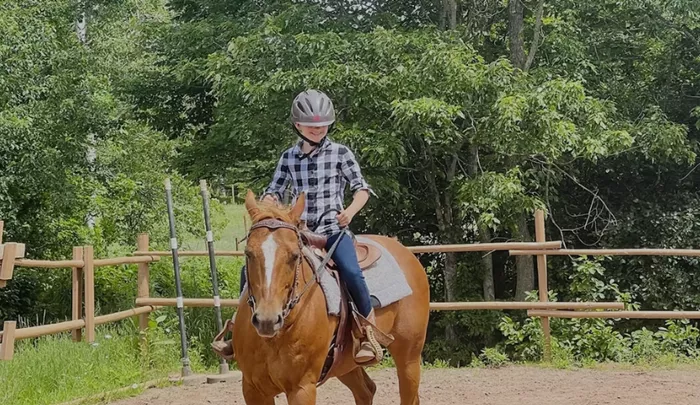Each weekday morning, a small, dusty paddock outside Windhoek comes alive with laughter and anticipation as groups of children from local special-needs schools arrive for their session with Susan de Meyer’s therapeutic riding program, Enabling Through the Horse. The initiative uses the calming yet powerful presence of horses to support children living with a range of developmental and learning disabilities, including autism, ADHD, Down syndrome, and fetal alcohol syndrome.
For de Meyer, who grew up surrounded by horses on a Namibian farm, the idea that animals can heal is nothing new. But seeing children who struggle with speech begin to communicate, or hyperactive kids suddenly slow their pace in the presence of a gentle Arabian mare, reinforces her belief that the true magic lies in the horses themselves.
“The horse is the hero in this whole situation,” said de Meyer. “These kids don’t want to be around a lot of people, but the horse doesn’t judge them. It just accepts them.”
Her program, backed by the Namibian Equestrian Federation, earned international recognition last year with an award from the International Equestrian Federation, which praised the horses’ unique “sensitivity and intuition.”
De Meyer currently works with eight to ten children at a time, guiding them through activities like grooming, riding, and simply stroking the horses—experiences that often unlock moments of connection and progress that traditional therapy sometimes cannot reach. Her small stable includes two full-sized Arabian horses—Faranah, a white mare, and Lansha, a brown gelding—alongside a miniature horse affectionately called Bonzi, who stands just the right height for a 5-year-old.
Despite her light-hearted description of owning “two-and-a-half horses,” the work de Meyer does is serious and impactful. The therapy sessions target both emotional and physical development, helping children build confidence, improve posture, and develop fine and gross motor skills.
“When they stroke the horse, the therapy starts,” de Meyer explained. “This is a very big animal compared to their height, and they’re not scared. They ride it, they talk to it, they direct it. That gives them a sense of self-esteem and power.”
Teachers from local schools have witnessed these transformations firsthand. Chriszell Louw, a teacher at Dagbreek School—one of Namibia’s few public schools for children with intellectual disabilities—has seen students evolve dramatically through their participation.
“We have a learner who talks a lot, but when we come here, she knows she has to keep quiet. She sits in her place,” said Louw. “Some of them were very scared in the beginning, but now when they hear we’re coming to the horses, they’re excited. They want to go on their own.”
During a typical session, children are challenged with balance exercises, like stretching their arms out while riding—relying solely on their core and lower body for support as a groom leads the horse around the ring. For many, it’s a moment of freedom, a chance to soar without boundaries.
Animal-assisted therapy is gaining recognition globally. From dogs supporting military veterans with PTSD to therapy cats comforting patients in hospitals and nursing homes, the emotional bond between humans and animals has shown remarkable healing potential. Recently, even survivors of the 2023 Hawaii wildfires found solace in horse therapy as they navigated grief and trauma.
Now, de Meyer’s model is drawing interest from organizations across Africa and Asia hoping to replicate her success.
“We make the world different for these kids,” she said with conviction.
In Namibia’s wide, sunlit paddocks, that difference is already being felt—one child, and one horse, at a time.
Related topics:
Impact of Paternal Depression on Children’s Behavior
Economic Change Widens Life Expectancy Gap
Nature-Based Activities Show Positive Mental Health Benefits in New Study


